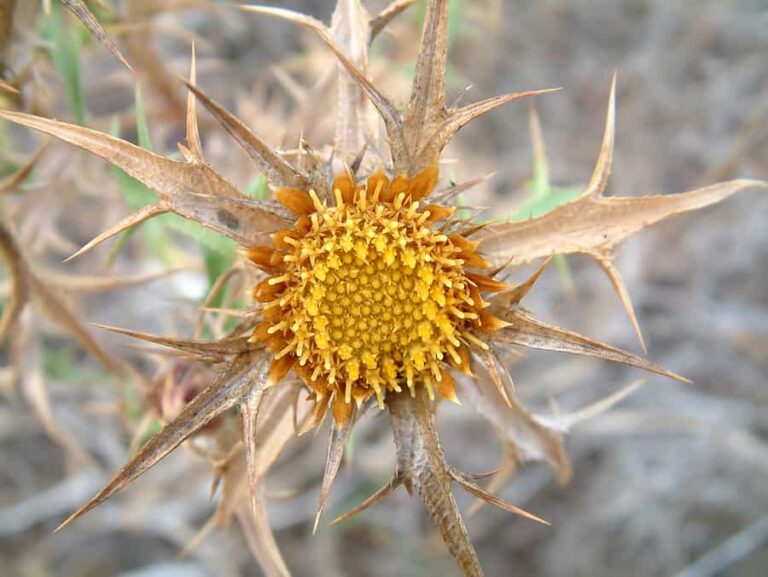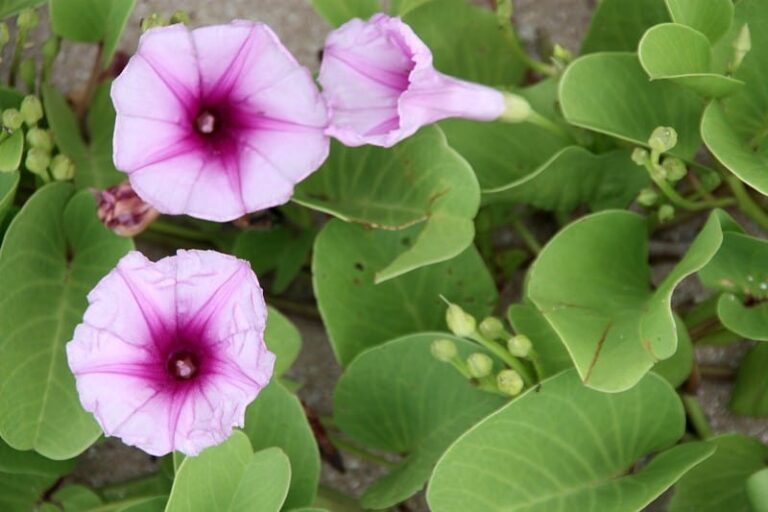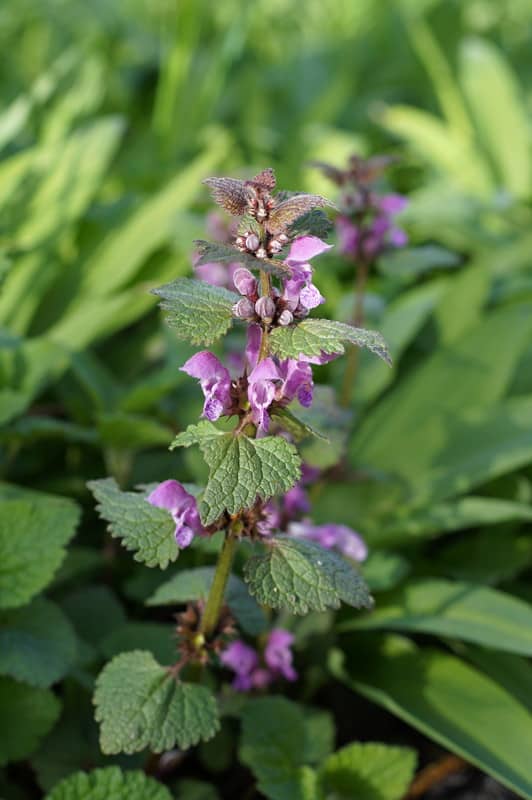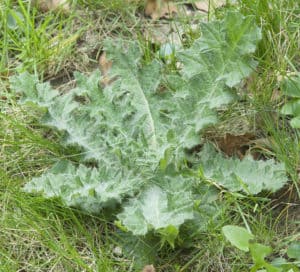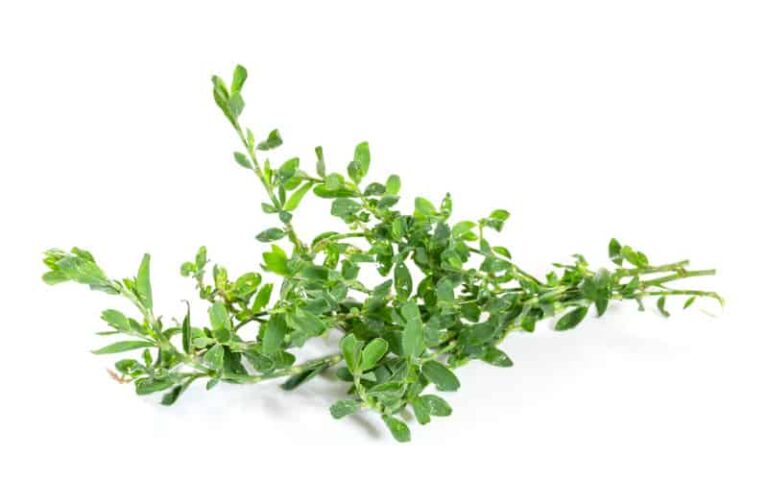Ragweed Organic Weed Control
There are several species of plants that are called ragweed. All produce pollen that is easily carried by the wind and causes hay fever among those who are susceptible.
Common ragweed is an annual. Western ragweed is a perennial.
Botanical name: Common ragweed, Ambrosia artemisiifolia; Western ragweed, A. psilostachua; Grant ragweed, A. trifida
Organic Weed Control at Amazon
- Monterey Vegetable Pre-Emergent Weed Control
- Homietina Heavy Duty Weed Barrier Fabric 4×300-feet
- Preen Natural Vegetable Garden Weed Preventer
- Green Gobbler 20% Vinegar Weed and Grass Killer
- WeedGuard Plus Biodegradable Paper Weed Barrier
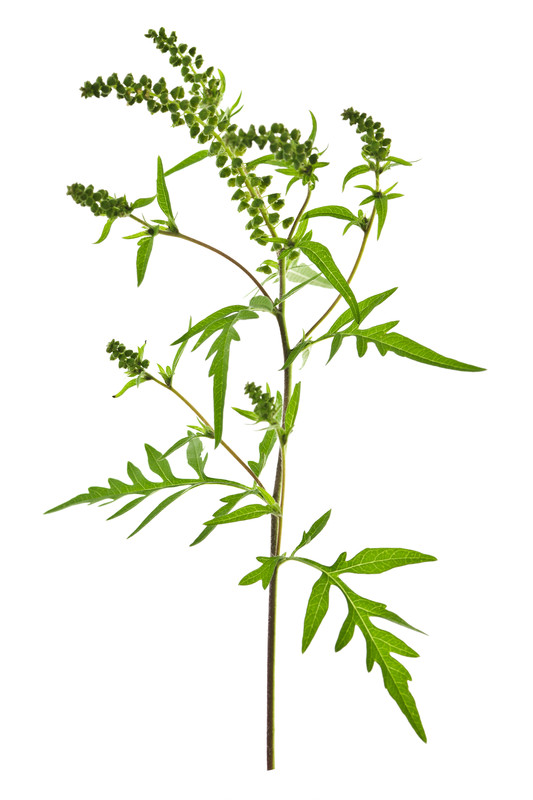
Ragweed description and life cycle
- Most ragweed plants grow 1 to 5 feet tall depending on the species
- Stems are erect and branch toward the top; stems are blue-green and covered with fine hairs.
- Smooth, deeply lobed leaves; leaves are opposite low on the stem but alternate higher up on the plant.
- Leaves are feathery and fernlike, 2 to 4 inches long.
- Single plants have both male and female flowers; greenish male flowers are at the tips of the branches; female flowers grow from the base of leaves lower on the same branch
- Blooms mid-summer to late summer.
- Perennial species have running rootstocks.
- Annual species reproduce by seed; perennial species spread by running roots called rhizomes.
- Grows well in both cultivated and neglected soil; grows in both moist and dry conditions.
Ragweed root system
Common ragweed has a shallow taproot that produces a fibrous root system. Some species of ragweed grow from rhizomes–horizontal underground stems that put out lateral shoots.
Ragweed organic control
- Pull by hand and hoe early in the season; annual ragweed has a shallow taproot.
- Remove rhizomes of perennial species by digging them out; this may take months to accomplish. Sections of rhizome left in the soil can re-root.
- Mow or cut down plants before they bloom and set seed; this will weaken plants.
- Mulch to keep seed from germinating.
Ragweed range
Throughout the United States and southern Canada.
Four quick ways to control weeds
- Weed early. Control weeds in the first month after they germinate.
- Weed often. Hand weed every two weeks through the season.
- Weed by hand when the soil is wet (best to get roots).
- Use a hoe if the soil is dry. Decapitate weeds before they flower and drop seed.
Related articles:
Vegetable Garden Organic Weed Control
Vegetable Garden Organic Pest Control
Vegetable Garden Diseases Problem Solver
Garden Planning Books at Amazon:
- Vegetable Garden Almanac & Planner
- Kitchen Garden Grower’s Guide Vegetable Encyclopedia
- Vegetable Garden Grower’s Guide
- Tomato Grower’s Answer Book

